The Best AI Fashion Design Software to Innovate Your Brand
Table of Contents
- What Does AI Fashion Design Software Do?
- Best AI Fashion Design Software Tools in 2025
- Benefits of Using AI Fashion Design Software
- How AI Enhances Every Stage of Fashion Design
- Who Should Use AI Fashion Design Software?
- Challenges and Considerations When Using AI in Fashion Design
- Final Thoughts
- FAQ: AI Fashion Design Software
The fashion industry is undergoing a rapid digital transformation, and at the center of this evolution is AI fashion design software. These tools are helping designers, creative directors, and fashion brands move from concept to collection with unprecedented speed, accuracy, and creativity.
By integrating artificial intelligence into the design workflow, fashion professionals can automate routine tasks, generate original designs, predict trends, and simulate garments before production. For independent creators and global fashion houses alike, AI-powered tools are unlocking new ways to innovate while reducing costs and time-to-market.
Whether you're a student, an emerging designer, or part of a product development team, now is the time to explore what AI can do for your creative process.
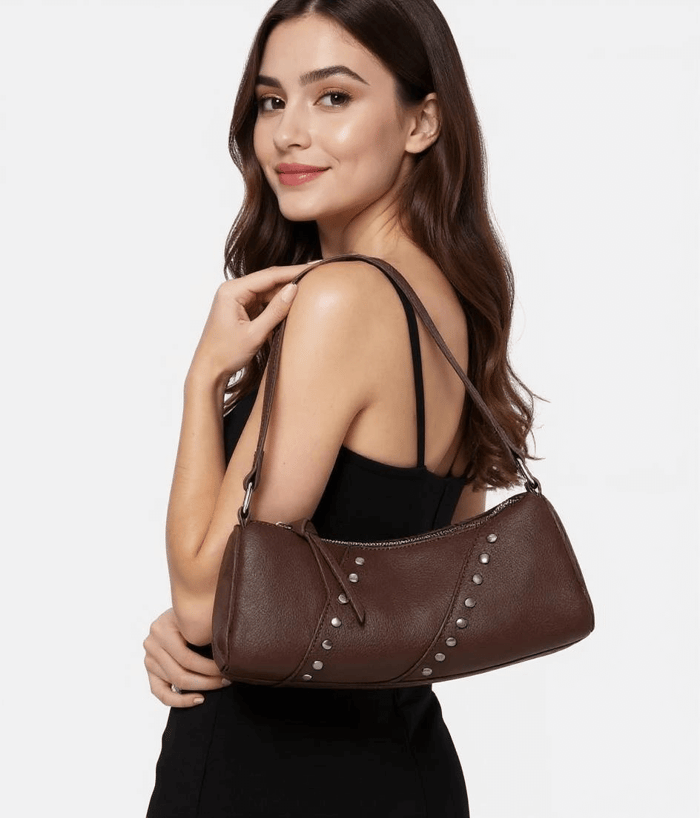
What Does AI Fashion Design Software Do?
AI fashion design software combines machine learning, computer vision, and data analytics to assist or automate parts of the design cycle. Depending on the platform, you can use AI to:
Generate clothing designs from text or sketches
Suggest color palettes and fabric combinations
Predict upcoming trends using historical and real-time data
Create realistic 3D prototypes of garments
Automatically create size variants and technical specs
Recolor or restyle existing pieces digitally
Speed up tech pack and pattern generation
Some tools focus on ideation and concept generation, while others support prototyping, marketing, or production. The best platforms integrate multiple features to offer end-to-end solutions for modern fashion creation.
Best AI Fashion Design Software Tools in 2025
Here’s a curated list of top platforms making waves in AI-assisted fashion design today:
Modelia
Best for: Digital garment creation, recoloring, and ecommerce content generation
Modelia is an AI-powered platform built for fashion brands that want to speed up content production. It offers tools for generating photorealistic images of garments in different colors, styles, or poses, without reshooting. You can prototype designs, test variants, and launch campaigns faster using AI.
Top Features:
AI recoloring and styling tools
Virtual model generation
Ecommerce-ready visuals
Ideal for DTC and marketplaces
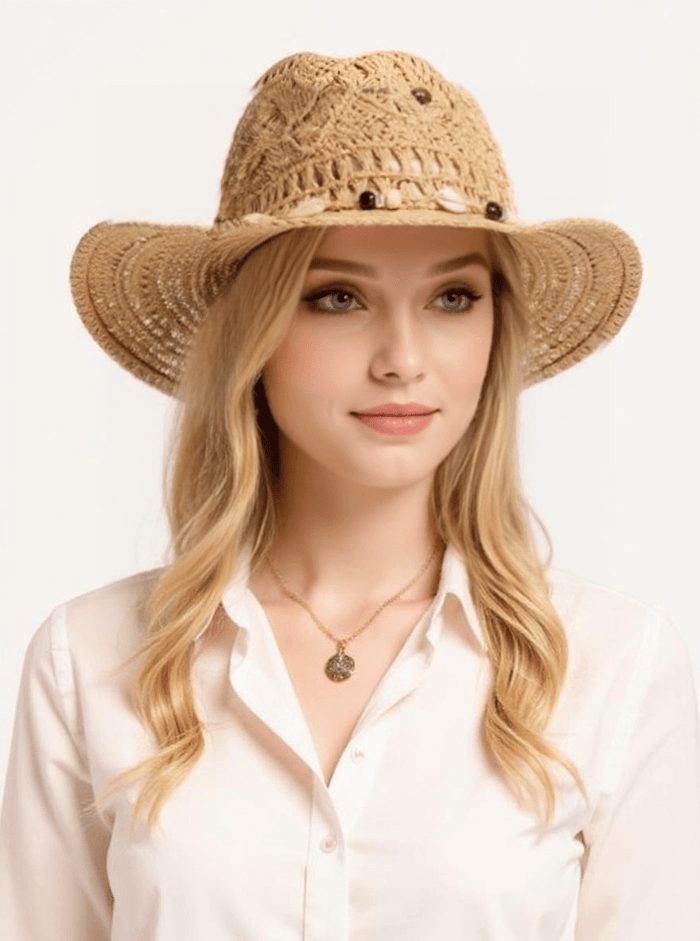
Fashable
Best for: AI-generated fashion sketching
Fashable allows users to create original outfit sketches based on AI interpretations of style prompts. Just type in a description (like "streetwear oversized denim jacket"), and the platform will generate high-resolution sketches for inspiration or development.
Top Features:
Prompt-to-sketch design generator
Moodboard and trend inspiration
Fast concept generation
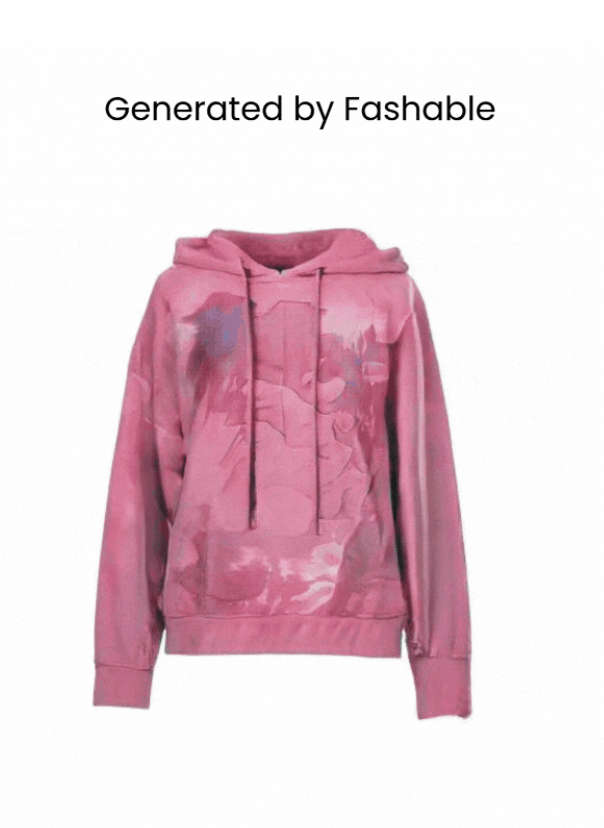
Heuritech
Best for: Trend forecasting using AI
Heuritech specializes in predictive analytics for fashion brands. Its AI engine analyzes social media images and global runway data to spot rising trends early. Brands use this insight to develop collections aligned with what consumers will want months ahead.
Top Features:
Trend prediction dashboards
Real-time market insights
Consumer behavior analysis
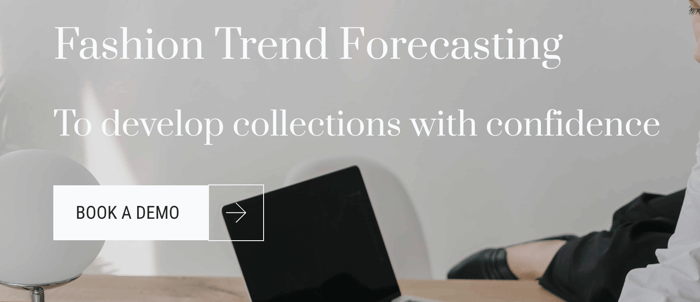
Benefits of Using AI Fashion Design Software
Benefit | Description |
Faster design cycles | Reduce concept-to-sample timelines from weeks to days |
Lower production costs | Avoid expensive physical sampling or repeated prototyping |
Enhanced creativity | Generate more ideas with fewer limitations |
Smarter decision-making | Use data to guide color choices, fabric selection, and trend alignment |
Sustainability improvements | Minimize waste by validating designs digitally before manufacturing |
Scalable workflows | Produce multiple variations of a design at once, without increasing workload |
How AI Enhances Every Stage of Fashion Design
AI tools don’t replace designers, they enhance their capabilities. Here's how AI fashion design software supports each stage of the creative process:
Ideation & Concept Development
AI can suggest new styles, shapes, or silhouettes based on previous designs or emerging trends. Designers can input references or descriptive prompts and receive visual proposals almost instantly.
Design & Sketching
Text-to-image or sketch-to-sketch tools help convert rough ideas into polished visuals. These designs can then be shared with collaborators or transformed into patterns and mockups.
Prototyping
Instead of creating multiple physical samples, AI-powered 3D tools simulate how a design will look and move. Designers can visualize how different fabrics drape or how colors interact—without ever cutting fabric.
Trend Validation
Platforms like Heuritech let you validate a design against predictive market data. This helps brands avoid producing collections that might not resonate with consumers.
Marketing & Launch
Once designs are finalized, platforms like Modelia allow teams to generate visual content for product pages, ads, or lookbooks, all from one base image, styled and recolored through AI.
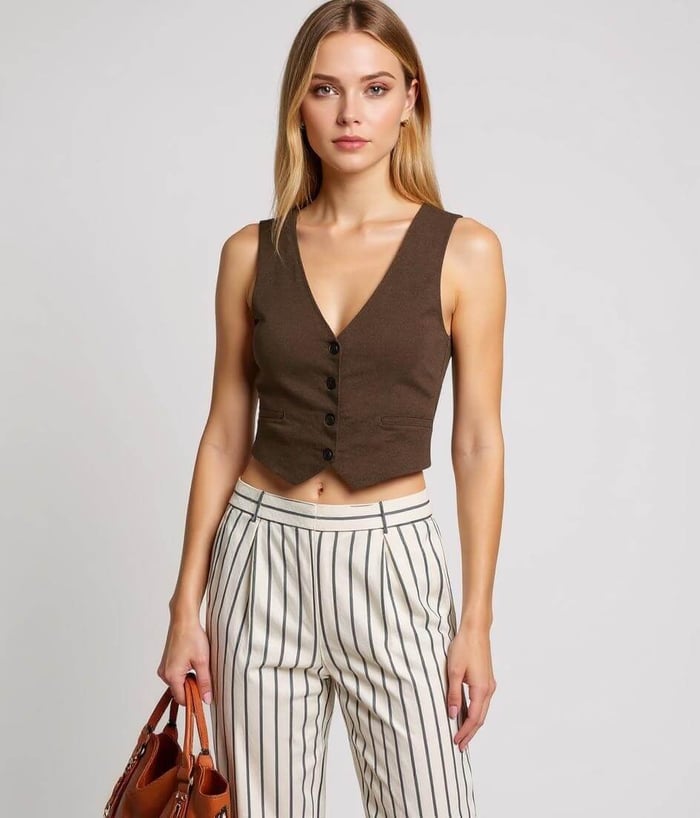
Who Should Use AI Fashion Design Software?
AI fashion design tools are no longer exclusive to big brands. Today’s platforms offer accessible pricing and user-friendly interfaces, making them suitable for:
Independent designers looking to scale their output
Fashion students wanting to explore design techniques quickly
Ecommerce teams that need product visuals across colorways
Creative agencies building fashion content for multiple clients
Sustainable fashion brands seeking efficient prototyping workflows
Whether you're starting out or managing a growing brand, AI can help streamline your workflow and expand your creative output.
Challenges and Considerations When Using AI in Fashion Design
As powerful as AI fashion design software is, it's important to understand the limitations and ethical considerations that come with its use. While these tools can accelerate and augment the creative process, they also raise questions about originality, data bias, and creative ownership.
One of the main concerns among designers is the fear of losing authenticity. Since AI can generate ideas based on existing data, there's a risk of creating designs that feel derivative or lack the designer’s personal touch. The best results come when AI is used to complement human creativity, not replace it.
Another challenge is the potential bias in training data. If an AI model is trained mostly on Western or mainstream fashion references, it may overlook diverse aesthetics, cultural styles, or underrepresented communities. Designers should be aware of this and ensure they curate inputs that reflect their unique vision and values.
Technical limitations can also be a hurdle. While many platforms are beginner-friendly, some require a learning curve or integration with design software like CLO 3D, Adobe Illustrator, or pattern-making tools. In some cases, the outputs still need manual refinement to be production-ready.
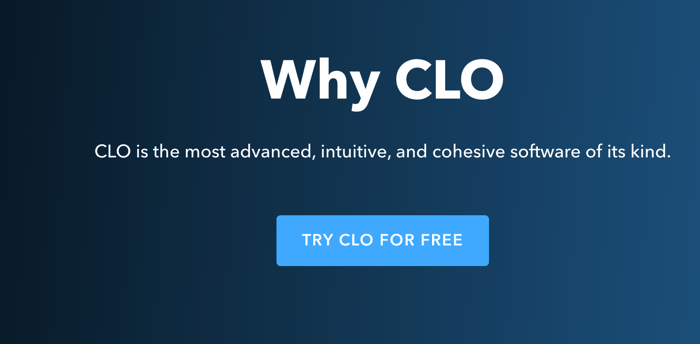
Lastly, there's the matter of intellectual property. When an AI generates a design, who owns it? The platform? The user? The source of the training data? These legal grey areas are still evolving, and designers should read the terms of use for any software they adopt.
Despite these challenges, AI fashion design software represents an incredible opportunity. With careful use, creative direction, and a critical mindset, designers can harness these tools to amplify their originality rather than compromise it.
Final Thoughts
The future of fashion design is digital, and AI is leading the way. By using AI fashion design software, creators and brands can move faster, make smarter decisions, and bring more compelling collections to life with fewer resources.
From generating sketches to prototyping collections and launching ecommerce content, these tools open up powerful possibilities for innovation. And as the technology evolves, we can expect AI to play an even bigger role in how fashion is imagined, produced, and consumed.
If you're ready to future-proof your design process, it’s time to start exploring what AI can do for your brand.
FAQ: AI Fashion Design Software
What is AI fashion design software?
AI fashion design software is a digital tool that uses artificial intelligence to help designers create clothing concepts, generate patterns, test color combinations and visualize garments in 3D before production.
How does AI fashion design software benefit designers?
It speeds up the creative process, reduces manual work, and allows designers to experiment with endless variations. It also minimizes waste by testing ideas digitally before creating physical samples.
Can AI fashion design software replace human creativity?
No, AI is a support tool. It enhances creativity by offering inspiration, automation, and efficiency, but human designers are still essential for vision, storytelling, and emotional connection in fashion.
Who can use AI fashion design software?
It is useful for fashion brands, independent designers, students, and even e-commerce businesses. From sketching ideas to producing digital collections, AI makes design more accessible to a wide audience.
How would you rate this article:
Related Articles
- Modelia Yearbook 2025: AI, Fashion and the Vision Shaping 2026
- What is an AI fashion show?
- Best 6 Fashn.ai Competitors & Alternatives in 2025
- How to Style Cool Baggy Outfits with Confidence
- Change Clothes in Photos Instantly with AI
- How Virtual Fitting Room Technology Is Changing Shopping
- Top 6 Alternatives to Lalaland.ai for AI Fashion Model Generation
- Automated Video Generation: Transforming Content Creation with AI-Powered Technology
- Fashion Mood Board Ideas to Spark Your Creativity
- What is Google's Virtual Try-On feature?


